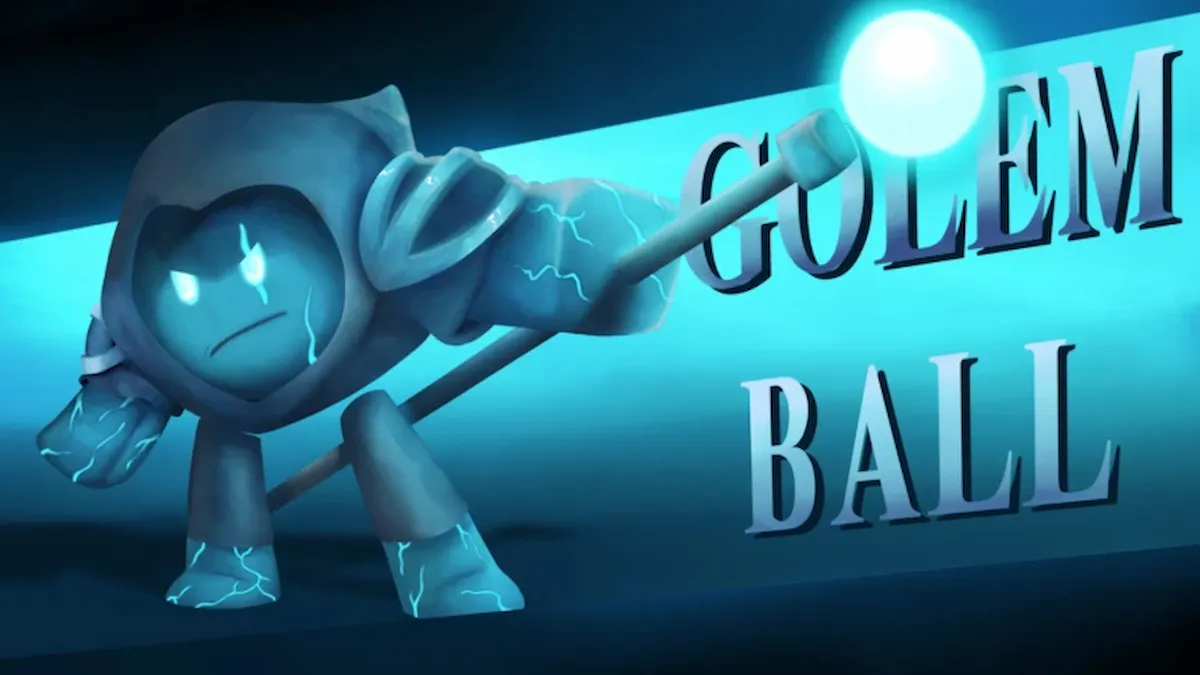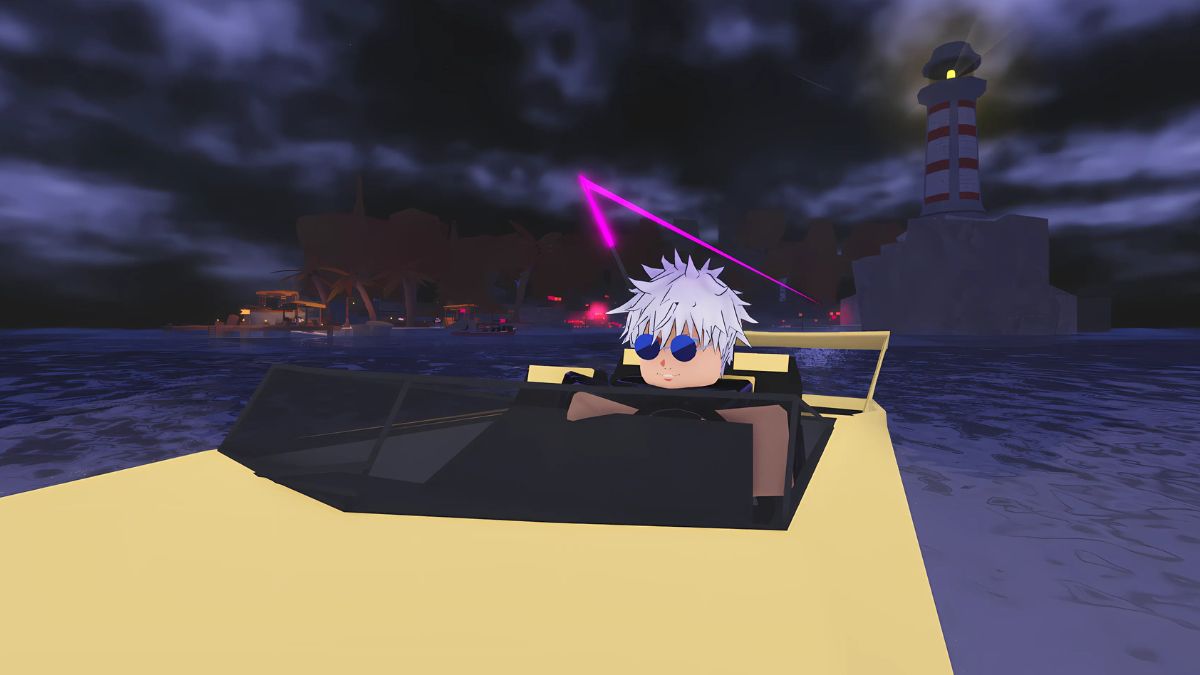 Captured on Nintendo Switch (Docked)
Captured on Nintendo Switch (Docked)Fancy learning Latin? Well, you’re guaranteed to learn at least one word in the classical language by playing Faith: The Unholy Trinity: Mortis, or “death”, which flashes on screen every time you succumb. Facing off against legions of the damned armed with only a wooden crucifix and, well, your faith, it’s a given you’ll be succumbing quite a bit.
Dying a lot comes with the price of admission for developer Airdorf Games’ 8-bit horror odyssey, one that truly puts the 'cult' in cult status, which it has enjoyed since releasing on Steam and itch.io between 2017 and 2022. Now on the Nintendo Switch, fans of retro horror are in for a wholly unique entry in the genre that looks, sounds, and feels like nothing else.
Some may baulk at Faith’s visual style and question whether a game that looks as though it could run on a Commodore 64 could actually be scary. Lay that notion to rest, because few titles nail 'less is more' as devilishly well as this, leveraging desolate graphical minimalism with haunting rotoscoped cutscenes and distorted lo-fi sound design to chilling effect.
 Captured on Nintendo Switch (Handheld/Undocked)
Captured on Nintendo Switch (Handheld/Undocked)Faith unfolds amidst the 'Satanic Panic' of the 1980s, a period in the United States marked by hysteria and media sensationalism over broadly debunked cult activity. Players are put in the shoes of Father John Ward, a young priest left traumatised in the violent aftermath of a botched exorcism of Amy Martin, a demon-possessed 17-year-old girl.
The episodic trilogy runs for five to six hours and tracks Ward’s descent into a world of occult horror as he grapples with personal guilt and uncovers the true agenda of nefarious forces at play. Though aesthetically and mechanically consistent throughout, the chapters become notably lengthier and more sophisticated in design as the game progresses.
At its core, Faith is a game of exploration and survival. Father Ward is armed only with a cross, which serves both as a weapon and a tool for exorcising cursed objects. Players traverse haunted woods, abandoned homes, grimy sewers, and more, uncovering mostly text-based lore, solving puzzles, and confronting an array of hostile supernatural entities.
 Captured on Nintendo Switch (Docked)
Captured on Nintendo Switch (Docked)Boss fights throughout the trilogy can be particularly challenging, with little room for error given the fact that most enemies can kill Ward in one hit, forcing a restart at the last checkpoint or the beginning of a combat encounter. Enemy attack patterns are learned through trial and error, which can give way to frustrating repetition that briefly suspends the fear factor.
Combat consists of dodging and precisely positioning oneself to inflict damage. The rub is that Ward is far slower than his enemies and can neither move nor pivot directionally while holding up the cross to deal damage. Such restrained controls led to deaths that felt cheap, but the sheer strength of Faith’s atmosphere and storytelling were motivation to push through.
A particular highlight is the quality of the game’s writing as presented in various notes, letters, and newspaper clippings that are a reward for exploration or hidden within haunted items you find. These notes add context and increase Ward’s damage output. While we won't spoil specific story elements, trust us when we say the devil is in the details.
 Captured on Nintendo Switch (Docked)
Captured on Nintendo Switch (Docked)In one standout sequence, a seemingly typical newspaper article turns out to be anything but, resulting in a spectacular segue into one of the game’s many evocative cutscenes made using rotoscoping, a technique whereby live-action footage is traced frame-by-frame, resulting in fluid and lifelike movements imbued with uncanny realism.
Usually lasting no more than a few seconds, these cutscenes pair particularly well with the limited colour palette and blocky sprites of Faith’s retro-inspired visuals, which are evocative despite their simplicity. The presentation is masterfully tied together by cold synth loops, distorted bleeps, and computerised vox, along with bouts of unnerving silence.
Puzzle-solving adds another wrinkle to the gameplay, usually paired with cryptic riddles and clever environmental hints. Each of the three episodes has multiple endings, some of which require solving more hidden puzzles, discovering secret areas, and defeating optional bosses that are much tougher than the main story’s bosses.
 Captured on Nintendo Switch (Docked)
Captured on Nintendo Switch (Docked)So just how scary is it? While we’ve played games that are more likely to elicit jump scares or have our heartbeats racing with tension, Faith thoroughly succeeds in what it sets out to be. While there are a few moments that may jolt you and a generous amount of body horror and blood, it excels in creating a foreboding atmosphere.
Since the Unholy Trinity has been available elsewhere for some time, there are detailed walkthroughs online for completionists. The Switch version of the game includes extras to unlock, including backgrounds and additional game modes, though the various achievements present on the Steam version are not built into this port.
Faith runs flawlessly on Nintendo’s hybrid, though we did initially encounter a progression-halting bug in Chapter 3 that has since been patched in Version 1.5.0. Rumble support is used to great effect throughout the game to ramp up the tension, and we recommend headphones for full immersion. We made a point of only playing it at night with the lights off.
Conclusion
Among the slate of retro horror offerings, Faith: The Unholy Trinity sets itself apart with its distinct visual style and masterful presentation. While boss encounters can be gruelling and lead to frustration, that never diminished our desire to progress the story to its conclusion. With an abundance of lore to collect and multiple endings for each of its three chapters, all the replayability on offer makes it a perfect game to fire up around Halloween.

 2 months ago
116
2 months ago
116







![Anime Reborn Units Tier List [RELEASE] (November 2024)](https://www.destructoid.com/wp-content/uploads/2024/11/anime-reborn-units-tier-list.jpg)
